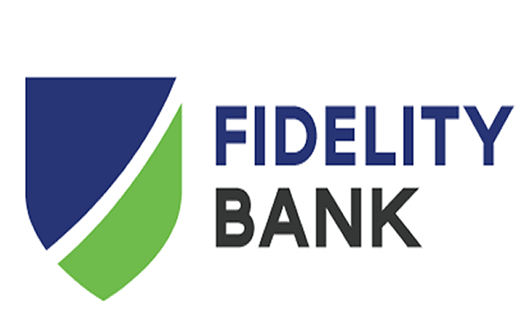Fidelity Bank’s Weaknesses Remain Despite Q1 Growth.
Fidelity Bank Plc regained operating momentum in the first quarter of the 2021 financial year after losing revenue and profit in 2020. From a drop of 6 percent in after tax profit at the end of last year, a leap of 64 percent in profit to N9.6 billion happened in the first quarter.
Some operating weaknesses have however remained while management has been able to reverse some key weaknesses the bank recorded last year. There was a reduction in credit loss expenses in the first quarter from a massive increase in the preceding year.
Revenue hasn’t fully recovered from the drop suffered last year but the margin of decline has closed. Fidelity Bank had suffered a drop of N12 billion or 5 percent in revenue at the end of 2020 – the first drop in gross earnings in a decade or more. The margin of decline in gross earnings reduced to 1.4 percent quarter-on-quarter at the end of the first quarter.
Earnings weakness cuts across the broad interest and non-interest income lines but a marginal growth of 1.7 percent in non-interest income provided the strength to patch up revenue performance record in the first quarter. Other operating income multiplied by more than three and half times to N6 billion in the first quarter to account for the moderate overall improvement in non-interest income.
Fidelity Bank closed the first quarter operations in March 2021 with gross earnings of N50.4 billion, down from N51.2 billion in the same period last year. The major weakness in earnings during the quarter came from a net loss of N4.7 billion from financial assets – which undermined growth in non-interest earnings.
The revenue loss recorded last year was driven by a drop of over 21 percent in fee and commission income while the cost of generating it grew by close to 17 percent in the year. Fee income was up by 7.8 percent at the end of the first quarter of the current financial year but the cost of generating same still grew more than twice the increase at 17.7 percent.
Interest income closed 2 percent down year-on-year to N43 billion for Fidelity Bank at the end of the first quarter. This represents some progress from a decline of 4.4 percent in interest earnings at the end of 2020.
Inability to grow interest income is notwithstanding a continuing expansion of net loans and advances – which grew by over 20 percent in 2020 and by a further 6.5 percent over the last year’s closing figure in the first quarter. Also, the investment portfolio expanded by 37 percent to about N432 billion over the three months of the first quarter.
The bank is cutting interest expenses aggressively for the second year to compensate for the persisting weakness in interest earnings. It slashed interest expenses by 26 percent year-on-year to N14 billion in the first quarter after a drop of almost 29 percent at the end of 2020.
The bank closed last year with the lowest interest expenses in four years and may be headed to reducing cost of funds to the region it closed as far back as 2014 at the current rate.
With the cut in interest expenses, management overturned the 2 percent decline in interest income into an 18 percent advance in net interest earnings to almost N29 billion. The difference is a cost saving of N2 billion from the drop in interest expenses.
A further boost came from a drop of 40 percent in credit loss expenses during the review period to N1.3 billion in the first quarter. This is a major change of direction after shifting from a net credit loss write back of N5.3 billion in 2019 to build a net charge of nearly N17 billion in 2020.
The cut down in loan loss expenses led to an increase of 22 percent in net interest income after loan impairment charges to N27.5 billion at the end of the first quarter.
The improvement was however punctured by a net loss of N4.7 billion from financial assets – which lowered the growth in net operating income to 17 percent to close at N33 billion at the end of March 2021.
Management’s cost and revenue balancing strategy in the first quarter involved a cut in personnel costs by as much as 14 percent to N5.5 billion. It applied the cost saving here to dilute cost increases in depreciation and other operating expenses. Overall, it was able to peg the increase in total operating expenses at 6 percent to roughly N23 billion.
Fidelity Bank closed the first quarter operations with an after tax profit of N9.6 billion, a rebound of about 64 percent from a profit drop of 6 percent in 2020. This is against persisting weakness in revenue performance. The strength for the upturn came from cost savings led by a continuing drop in interest expenses and a cut down in loan impairment charges.
The bank closed the first quarter operations with earnings per share of 33 kobo, rising from 20 kobo per share in the same period last year. It closed the 2020 operations with earnings per share of 92 kobo and gave out a cash dividend of 22 kobo per share.
Fidelity Bank commands a balance sheet size of N2.9 trillion, a loans and advances portfolio of N1.6 trillion and an investment basket of N432 billion. The assets are built on customer deposits of N1.75 trillion and shareholders’ funds of over N264 billion.



Comments are closed.